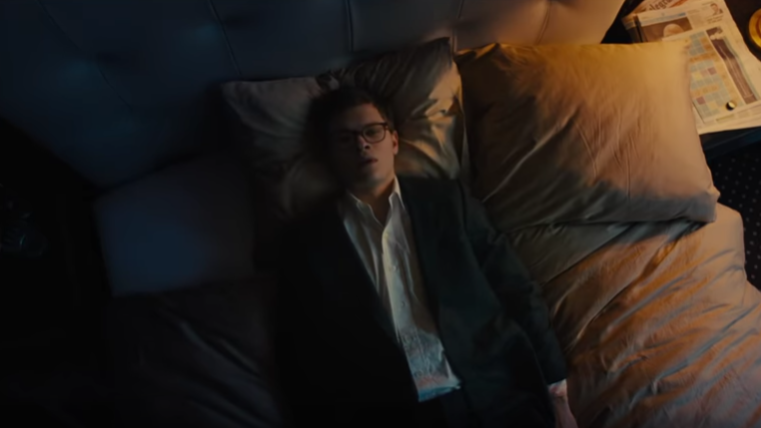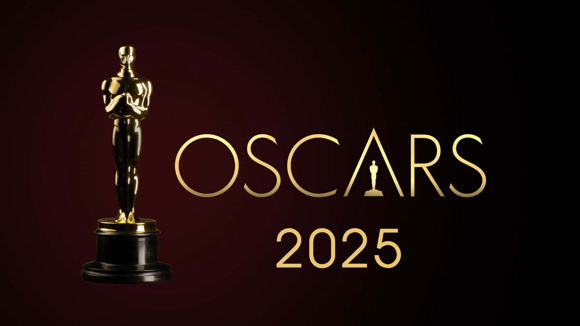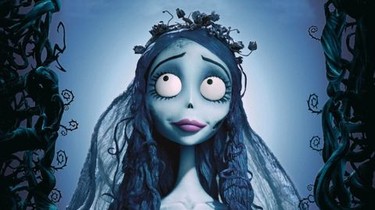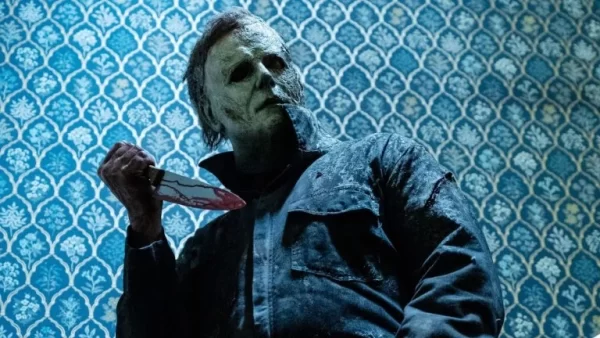What went wrong with “The Goldfinch?”
The highly-anticipated film turned out to be nothing more than forgettable.
An empty theater is never a good omen for a recently released film. “The Goldfinch,” starring the likes of Ansel Elgort, Nicole Kidman and Finn Wolfhard, hit theaters Sept. 13, but even it’s star-studded cast could not save it from being a tragic experience. The Amazon Studios film bases itself on a novel of the same title; it follows a young Theo through his life after a bombing at an art gallery takes the life of his mother. While “The Goldfinch” had the potential of being an amazing coming of age tale, it is nothing beyond forgettable. So what went wrong?
The Plot
If you were to ask me to give you a step by step of this plot all I could offer you was a confused look and a shrug. Theo delivers vague narration as the screen flickers scenes of what would be the end of the film. The scenes put a bad taste in my mouth and it only went downhill from there. “The Goldfinch” is primarily about a young Theo portrayed by Oakes Fegley as he navigates life after experiencing ongoing tragedies in his adolescence.
One of its sins was predictability. Any moment that was meant to be suspenseful or surprising just wasn’t. I could clock each “twist” as they came. Scenes that were supposed to have emotional weight fell flat because the audience, which was just me, could see it coming. I found myself screaming at the screen with every scene that felt too predictable. From parents dying, abusive or absent fathers, falling in love with the childhood best friend; the audience could’ve seen it coming without having read the novel.
There were several scenes that were unnecessary and did nothing to propel the plot forward. For example, many scenes took place with Theo and Mrs. Barbour, portrayed by Nicole Kidman, at the dinner table that could have been cut as no crucial plot information occurred in these scenes. Even scenes that pertained to the plot were not well-paced at all. At times everything felt dull and like they were trying to pad the run time. The plot could simply be summarized into cigarette smoking montages and excessive adolescent drug use.
The Casting and Acting
As for the acting, it was bearable. However, the children spoke like adults talking about Beethoven and going sailing to their summer home. There were a ridiculous amount of pauses in the speech for a perpetual state of dramatic effect. In actuality, those pauses only helped add to the two and a half-hour run time.
Most character interactions felt forced. Theo spoke to the family that took him in or the kids he went to school with; nothing felt like a fluid conversation. Finally, at an hour in, the film began to pick up the pace, but even then it was still slow.
Around this time Finn Wolfhard’s character would be introduced and his horrible Ukrainian accent alone was enough for me to debate if I should just leave altogether. Ansel Elgort’s performance as Theo was lackluster and Nicole Kidman’s performance as Mrs. Barbour was bland. Even the gag character Xandra, played by Sarah Paulson, fell flat. It felt like a waste of casting. Each character was giving their best performance, but they fell flat. It felt as if the talent of the actors cast was wasted on poor writing and directing.
Redeemable Qualities
While there aren’t many, “The Goldfinch” does have some redeemable qualities. The film was beautifully shot and Roger Deakins, director of cinematography, should be proud of his work. His use of tone to distinguish past and present, while predictable, was still beautifully done. Sound designer Lawrence Zipf worked well within his means and created an impressive score. that allowed the audience to feel something. I was more moved by the music than I was the story.
“The Goldfinch” had the potential to be something great, but with a gross box office of 3.7 million and a budget of 45 million, it has proven to be a flop. It doesn’t help that the film has a score of 24% on Rotten Tomatoes, making it almost impossible to make a comeback. If you take anything from this, if the theater is empty then it is empty for a reason.
Email Nasya at [email protected] or follow her on Twitter @lilbbynas.

Email Nasya at [email protected] or follow her on Twitter @nasblackshear.











